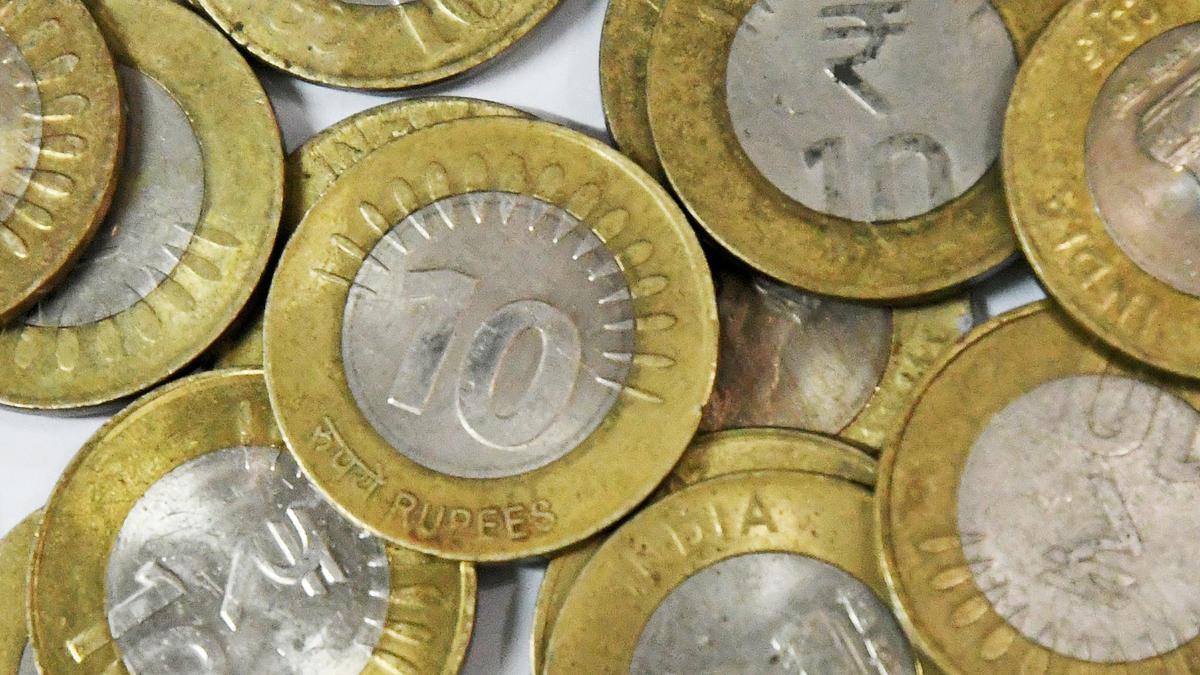
₹ 10 coins remain anathema for bus conductors, traders in Coimbatore
The Hindu
Bus conductors, those in city buses in particular, are at their wits end whenever passengers tuck in ₹ 10 coins into their hands. It is not uncommon for them to return the coins immediately, most often, with a stern face.
Bus conductors, those in city buses in particular, are at their wits end whenever passengers tuck in ₹ 10 coins into their hands. It is not uncommon for them to return the coins immediately, most often, with a stern face.
“Why blame us. For that matter, it is rare for passengers to accept the coin of ₹ 10 demonination. It has become a vicious cycle,” said Nagarajan, a conductor in a city bus.
The trading community also faces the same problem. It is not that they do not know that ₹ 10 coin is legal tender. Only a small section is considerate.
“When customers come with ₹ 10 coin, I simply get it without a murmur since it could be converted in banks at some point of time,” said Nathan, who runs a grocery shop in Ganapathy.
According to bank officials, the complaints of non-acceptance of ₹ 10 coins have become less intensive when compared to a few years ago. It is because many have apprehensions about the genuineness of the coins depicting distinctive features, a senior official pointed out, adding that the general fear among the public that the coins was not valid.
The RBI has been making it clear at frequent intervals that coins in new designs reflect various themes - economic, social and cultural and are introduced from time to time to meet the transaction needs of the public. As coins remain in circulation for longer periods, it is possible that coins of different designs and even shapes are circulating at the same time. One such change is introduction of the ‘Rupee symbol’ on coins in July 2011. The new ₹ 10 coins have the rupee symbol, but the earlier ones of the same denomination are without the rupee symbol. However, both of them are legal tender and equally valid for transactions, the official said citing the repeated communications of RBI in this regard.













